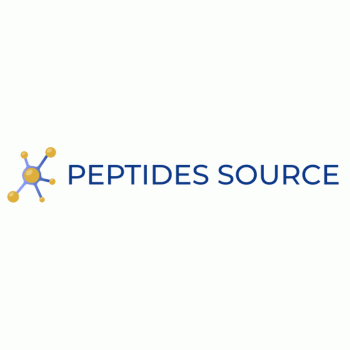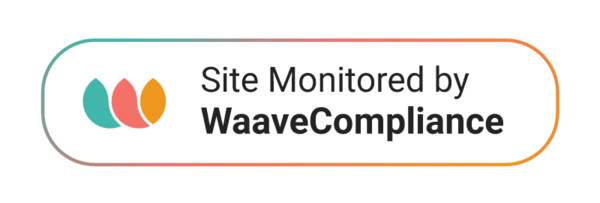Product Usage
This PRODUCT IS INTENDED AS A RESEARCH CHEMICAL ONLY. This designation allows the use of research chemicals strictly for in vitro testing and laboratory experimentation only. All product information available on this website is for educational purposes only. Bodily introduction of any kind into humans or animals is strictly forbidden by law. This product should only be handled by licensed, qualified professionals. This product is not a drug, food, or cosmetic and may not be misbranded, misused or mislabled as a drug, food or cosmetic.
Understanding the bioavailability of KPV is crucial in evaluating its efficacy and effects on the body, especially when considering oral administration and potential gastrointestinal issues. When the peptide KPV is taken orally, it needs to navigate through the digestive system before being absorbed into the bloodstream. One key consideration is whether KPV tablets vs. injection is more effective for your needs.
Bioavailability plays a significant role in determining how much of the compound actually reaches its target sites in the body, such as injured tissues or organs. Factors such as the molecule’s stability in the acidic environment of the stomach, interactions with enzymes, and permeability across intestinal barriers can all influence its absorption rate and effectiveness.
Various factors influence the absorption of KPV, including the administration method, compound interactions, safety considerations, and overall bioavailability of the peptide. When considering the administration method, the route of delivery plays a crucial role in how effectively **KPV— injection vs. oral administration—**is absorbed in the body. Whether it is administered orally, subcutaneously, or intravenously can significantly impact the efficiency of absorption.
The interactions of KPV with other compounds or medications can either enhance or hinder its absorption rates. Ensuring the safety profiles of both KPV and any other substances being used concurrently is essential to prevent adverse effects that could affect absorption. Optimizing the bioavailability of KPV through various formulations and delivery mechanisms can further enhance its effectiveness.
The oral administration of KPV presents significant benefits and challenges that are being explored through clinical trials to fully realize its therapeutic potential. One of the key advantages of oral KPV administration is its convenience for patients, eliminating the need for injections. This method also offers improved bioavailability and potentially lower costs compared to other routes of administration, making it more accessible to a wider population.
Challenges such as absorption issues and metabolism in the gastrointestinal tract exist, which can affect the effectiveness of the treatment. Ongoing clinical trials are investigating optimal dosages, safety profiles, and efficacy, striving to overcome these obstacles and unlock the full therapeutic benefits of KPV.
Injection administration of KPV offers stability advantages and precise control over pharmacokinetics, making it a viable option for targeted injury repair applications. One of the key benefits of utilizing injectable KPV lies in its ability to deliver the peptide directly into the bloodstream, allowing for rapid absorption and distribution throughout the body. This targeted delivery ensures a higher bioavailability compared to other administration methods, optimizing the therapeutic effects of the peptide.
The stability of KPV in injectable form ensures that the peptide remains intact and active, without degradation, during the administration process. This stability contributes to the reliability and consistency of the treatment outcome, offering a reliable option for those seeking efficient injury repair.
By leveraging the precision of injectable KPV, healthcare providers can tailor dosage regimens to meet specific patient needs, adjusting the frequency and amount of administration to achieve optimal therapeutic results. This level of control over pharmacokinetics enables a personalized approach to injury recovery, enhancing the overall efficacy and safety of the treatment.
The injection administration of KPV offers distinct advantages in therapeutic effects, distribution profiles, and metabolic pathways, along with certain limitations that need to be considered. One of the primary advantages of injectable KPV is its rapid onset of action, making it highly effective for addressing acute conditions and injuries. Its direct delivery into the bloodstream bypasses the digestive system, ensuring maximum bioavailability and quicker absorption.
However, frequent injections can lead to local irritation or discomfort at the injection site. Additionally, the cost of injectable KPV treatment may be higher compared to oral administration due to the need for medical supervision and specialized equipment.
Potential Benefits of KPV
KPV may:
Accelerate wound healing
Support healing of soft tissue injuries
Improve bone and joint health
Improve digestive health
Help normalize blood pressure
Assist in correcting potassium imbalance
Assist in correcting calcium imbalance
Assist in correcting magnesium imbalance
Mikus D, Sikiric P, Seiwerth S. Pentadecapeptide BPC 157 cream improves burn-wound healing and attenuates burn-gastric lesions in mice. Burns: journal of the International Society for Burn Injuries. 2001; 27(8):817-27
Bilic M., Bumber Z., Blagaic A.B., Batelja L., Seiwerth S., Sikiric P. The stable gastric pentadecapeptide BPC 157, given locally, improves CO2 laser healing in mice. Burns. 2005;31(3):310–315
Sikiric P., Seiwerth S., Mise S., Staresinic M., Bedekovic V., Zarkovic N., Borovic S., Gjurasin M., Boban-Blagaic A., Batelja L., Rucman R., Anic T. Corticosteroid-impairment of healing and gastric pentadecapeptide BPC-157 creams in burned mice. Burns. 2003;29(4):323–334.
Mikus D, Sikiric P, Seiwerth S. Pentadecapeptide BPC 157 cream improves burn-wound healing and attenuates burn-gastric lesions in mice. Burns: journal of the International Society for Burn Injuries. 2001; 27(8):817-27.
Seiwerth S, Sikiric P, Grabarevic Z. BPC 157’s effect on healing. Journal of physiology, Paris. ; 91(3-5):173-8
Seveljević-Jaran D, Cuzić S, Dominis-Kramarić M. Accelerated healing of excisional skin wounds by PL 14736 in alloxan-hyperglycemic rats. Skin pharmacology and physiology. 2006; 19(5):266-74
Huang T, Zhang K, Sun L, Xue X, Zhang C, Shu Z, et al. Body protective compound-157 enhances alkali-burn wound healing in vivo and promotes proliferation, migration, and angiogenesis in vitro. Drug Des Devel Ther. 2015;9:2485–2499. doi: 10.2147/DDDT.S82030
Drmic D, Samara M, Vidovic T, et al. Counteraction of perforated cecum lesions in rats: Effects of pentadecapeptide BPC 157, L-NAME and L-arginine. World J Gastroenterol. 2018;24(48):5462-5476
Clinical Research
Related products
-
-
-
-
Sale!
 Out of stock
Out of stock





